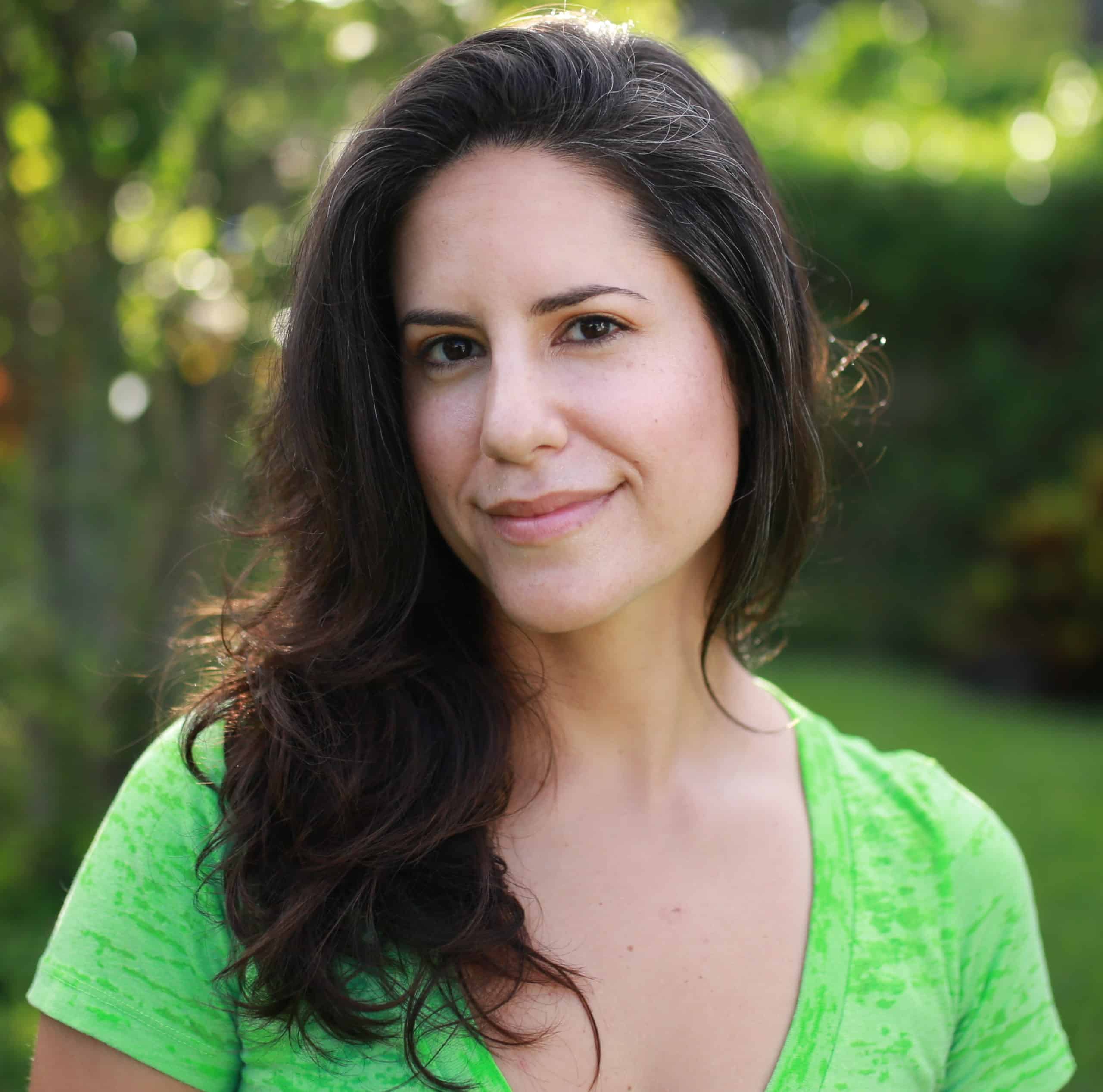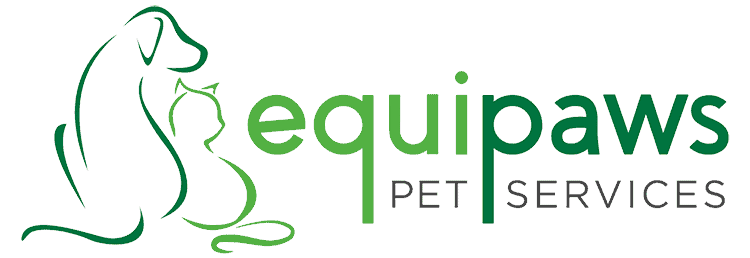
Wild About Wildlife: When to Lend a Helping Hand
By: Samantha Arner
Pets are generally curious creatures and as pet owners or dog walkers we are often left to witness where this curiosity leads them. Pets keep us on our toes and for many of us they are our direct connection with wildlife. A natural instinct for any wild animal should be to run and hide. However, what if you notice that the baby squirrel your dog sniffed out or the bird the neighborhood cat was carrying around were unable to flee? What should you do? The answer to this is not always clear, but there are a few things to consider before intervening to help Miami wildlife.
Before you help a wild animal:
Before you do anything, take a step back, gain control of your excited pet, and assess the situation. For the safety of both animals, keep them well separated. Wildlife gets spooked easily and that’s when fight or flight responses take over. Take time to observe the animal and its surroundings. Some questions to ask yourself are:

1. Is the Animal Really Injured?
Sometimes animals just need to take a break, to digest a meal, rest from a chase, or simply to soak up some sunlight. Wildlife is often mistakenly identified as injured and removed from their habitat. In order to avoid this, take a good look at the animal. If you see blood, limping, or a limb/wing being held at an odd angle then there is a good chance your assistance is needed. If injury cannot be determined from a distance, then very slowly approach the animal. If you can get within arm’s length without it running off that’s a great indication that something is wrong.

2. Is the animal young or an adult?
The majority of young wildlife people come across are mammals and birds. These young animals can often be distinguished by the difference in color and texture of fur/feathers. Their fur or feathers are often thin and scraggly looking. They can often be heard begging for food, which people often mistaken as a call for help. Adult animals tend to be more skittish and will often attempt to take off, even if injured.

3. If it’s young, do you see a nest or parents nearby?
When people see young wildlife, instinct to help kicks in, but sometimes helping can actually be harmful. Just like children, young animals tend to wander off and test their limits, all for the sake of learning. Before intervening take a second to look around and see if a parent or nest is nearby. Parents will often stick around to defend their young and will continue feeding their baby even outside of the nest.
Leave the wild animal alone if…
If you see a parent, and there are no potential predators in the area, leave the animal be. If there are predators nearby, place the animal back into the nest or something resembling a nest, high off the ground. Whenever possible wildlife biologists recommend doing whatever is necessary to keep young in the wild, because even with hospital assistance they often do not do well without their parents. If it is apparent leaving the animal could be detrimental to its health that’s a good time to intervene.
Now that you determined if the animal is injured/orphaned, what should you do?
Once you determine that the animal actually needs help, now you can attempt to contain it. It is a myth that animals will be rejected from parents or others if they sense human contact. However, it is always recommended to wear gloves while handling wildlife, due to potential diseases or injury. Also, be sure to place it in a secure container with sufficient air holes. If you cannot grab an animal, without causing injury to yourself, call a local wildlife hospital where they can help guide you through capturing the animal or offer assistance in that capture.
The curious pets in our lives will undoubtedly lead us to wildlife. Sometimes the wildlife we cross paths with may need our assistance and it is up to us to offer that helping hand. However, the important things to remember are that not all animals need our help and assessing the situation is key!
Local Miami Wildlife HospitalS
- Falcon Bachelor Bird of Prey Center (Miami Science Museum): (305) 322-8887
3280 South Miami Ave, Miami, FL 33129 *Accepts all native bird species, except invasive or exotic species - South Florida Wildlife Center: (954) 524-4302
3200 SW 4th Ave, Fort Lauderdale, FL 33315
* Accepts all native species of wildlife, except invasive or exotic species - Pelican Harbor Seabird Station: (305) 751-9840
1279 NE 79th Street Causeway, Miami, FL 33138
* Accepts all native shorebird species, along with a variety of other native wildlife
Samantha Arner is an Avian Biologist at the Miami Science Museum, where she spends her days caring for and training birds of prey. Her favorite thing to do at work is take the Bald Eagles for walks. She is also one of our wonderful dog walkers. We (and our clients) are lucky to have her expertise at our disposal!

A founding member of the Equipaws family, Frankie can mostly be found working behind the scenes, helping co-create online branding, managing several social media accounts, designing brand collateral, writing copy, and managing events. She also fills in for pet sitters and dog walkers when needed in Palmetto Bay, Pinecrest, and South Miami. Her own small pack consists of Boots the Shih Tzu mix and Nutmeg the Chiweenie.
